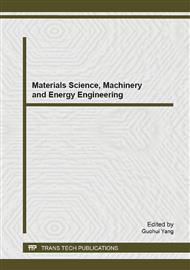p.395
p.403
p.409
p.413
p.421
p.428
p.435
p.441
p.447
Numerical Simulation and Analysis of Thermal Energy Generated by Friction on Explosion-Proof Elevator
Abstract:
In petroleum, chemical, metallurgical and other industries, a special kind of elevator, the explosion-proof elevator, is applied due to the existence of flammable and explosive substances in the environment. Explosion-proof elevator has adopted various approaches to meet the requirements of explosion-proof areas levels in the design stage, such as explosion isolation and intrinsically safe circuits. However, in normal working process, thermal energy will be generated by the friction occurring between different components of an elevator, which is very dangerous if the temperature of the assembly exceeds the limited value of related standards. Frictions always occur between guide shoes and guide rails when the elevator operates .Similarly, there are also frictions between safety clamp blocks and guide rails when the safety gear works. In this article, a finite element method is used to simulate and analyze the thermal energy generated in those two parts with a purpose to examine the performance of explosion-proof.
Info:
Periodical:
Pages:
421-427
Citation:
Online since:
December 2013
Authors:
Keywords:
Price:
Сopyright:
© 2014 Trans Tech Publications Ltd. All Rights Reserved
Share:
Citation:


